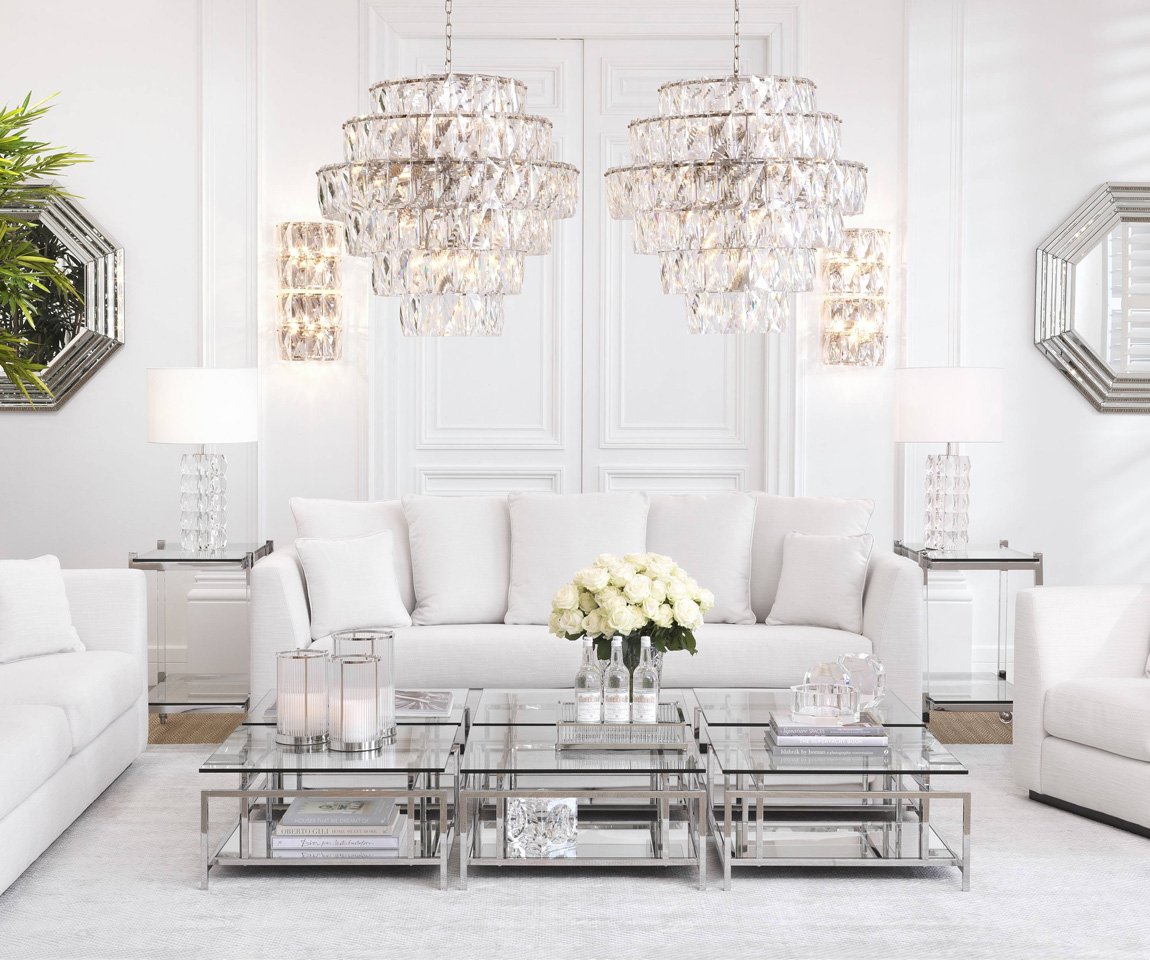Furniture, the quiet yet fundamental component of our living spaces, has gone through an entrancing development over the entire course of time. What once exclusively filled utilitarian needs has changed into an impression of culture, plan, and individual articulation. From old civilizations to current developments, the excursion of furniture uncovers changing patterns as well as the advancement of human necessities and feel.
Old Roots: Structure Follows Capability
The earliest hints of furniture date back to old civic establishments like the Egyptians, Greeks, and Romans. In these early social orders, furniture was essentially intended for capability as opposed to shape. Straightforward stools, seats, and tables were made from wood, stone, or metal to serve essential necessities. Usefulness was vital, with little accentuation on beautifying components.
Middle age Craftsmanship: Imagery and Status
During the Medieval times, furniture turned out to be more mind boggling and representative, mirroring the social progressive system of the time. Aristocrats and sovereignty embellished their living spaces with luxurious lofty positions, shade beds, and unpredictably cut chests, displaying riches and status. Craftsmanship arrived at new levels, with gifted craftsmans integrating themes from nature, religion, and folklore into their plans.
Renaissance Resurrection: The Period of Polish
The Renaissance time frame introduced a reestablished interest in old style workmanship and culture, prompting a change in furniture plan. Impacted by the rediscovery of old Greek and Roman style, furniture turned out to be more refined and rich. Elaborate seats, cupboards, and tables included smooth bends, many-sided trims, and rich Eichholtz materials like mahogany, pecan, and marble. Furniture became practical as well as an image of complexity and taste.
Modern Transformation: Large scale manufacturing and Development
The Modern Transformation of the eighteenth and nineteenth hundreds of years altered the furniture business, achieving large scale manufacturing and normalized plan. Manufacturing plants supplanted conventional studios, taking into account the large scale manufacturing of furniture utilizing steam-fueled hardware. This period saw the ascent of notorious pieces, for example, the Windsor seat and the Bentwood rocker, intended to be reasonable and open to the developing working class.
Innovation and Then some: Advancement Meets Articulation
The twentieth century saw a horde of plan developments that pushed the limits of furniture plan. From the smooth lines of Craftsmanship Deco to the moderation of Bauhaus, every development looked to rethink the connection among structure and capability. Fashioners like Charles and Beam Eames, Le Corbusier, and Eileen Dim explored different avenues regarding new materials and advances, making notable pieces that obscured the lines among furniture and craftsmanship.
Contemporary Patterns: Manageability and Customization
In the 21st hundred years, furniture configuration has advanced to focus on supportability, development, and personalization. With a developing consciousness of natural issues, creators are going to eco-accommodating materials and creation strategies. Customization has likewise become progressively famous, permitting shoppers to customize their furniture to suit their singular preferences and necessities. From measured couches to 3D-printed seats, the conceivable outcomes are huge in the present furniture scene.
End: Past Usefulness
From its modest beginnings to its present-day cycles, furniture has advanced into something beyond useful articles. It is an impression of our qualities, our way of life, and our goals. Whether it’s an exemplary piece of mid-century present day plan or a state of the art development, furniture keeps on rousing, charm, and improve our lives in manners both functional and significant. As we plan ahead, one thing is sure: the advancement of furniture is nowhere near finished, and the excursion vows to be as intriguing as could be expected.